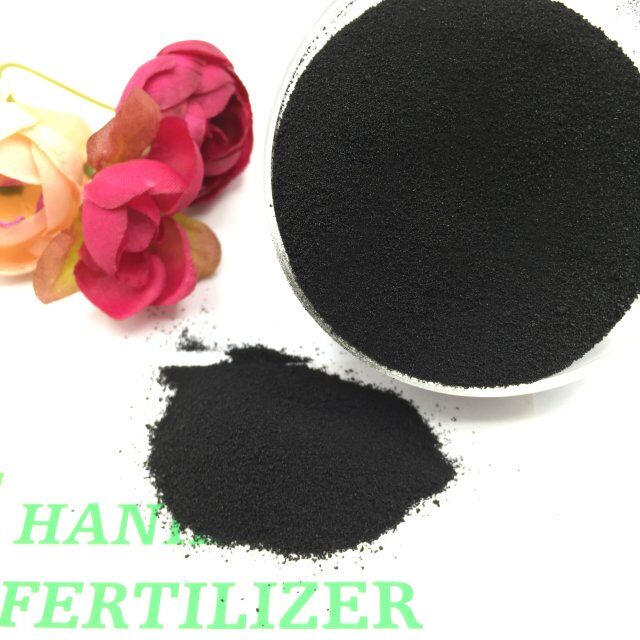
Oct . 16, 2024 06:58 Back to list
Optimal Potassium Fertilization Strategies for Enhanced Potato Growth and Yield
The Importance of Potassium Fertilizer for Potatoes
Potatoes are one of the world’s most widely cultivated and consumed vegetables. To ensure healthy growth and maximize crop yield, various nutrients are essential, with potassium being a crucial component. This article will explore the critical role of potassium in potato cultivation, the optimal application of potassium fertilizers, and considerations for farmers seeking to enhance their potato production.
The Role of Potassium in Potato Growth
Potassium is an essential macronutrient that plays several vital roles in the growth and development of potato plants. It is involved in various physiological processes, including photosynthesis, enzyme activation, and the regulation of water within plant cells. The presence of potassium contributes to improved root development, stronger stems, and enhanced disease resistance. Additionally, it aids in the synthesis of starches, which are essential for the tubers' development and storage, thus significantly influencing the yield and quality of potatoes.
One of the most critical functions of potassium is its role in water regulation. Potassium helps in the regulation of stomatal opening and closing, which in turn, affects transpiration rates and water uptake. Adequate potassium levels ensure that potatoes have a robust ability to manage water stress, particularly during dry periods, promoting consistent growth and tuber development.
Indicators of Potassium Deficiency
Potassium deficiency in potato plants can manifest in several ways, including yellowing of leaves, particularly at the edges (a condition known as marginal chlorosis), and poor tuber quality with reduced yields. Furthermore, potatoes grown with insufficient potassium are more susceptible to diseases and pest infestations, leading to overall lower harvest quality. Farmers should regularly monitor their crops for these deficiency symptoms, ensuring timely intervention.
Application of Potassium Fertilizers
potassium fertilizer for potatoes

To achieve optimal potassium levels in the soil, farmers often resort to the application of potassium fertilizers. These fertilizers come in various forms, including muriate of potash (KCl), sulfate of potash (K₂SO₄), and potassium nitrate (KNO₃), each with distinct compositions and benefits. Farmers should choose the appropriate type of potassium fertilizer based on their specific soil conditions and crop requirements.
The timing and method of application significantly influence the effectiveness of potassium fertilizers. It is recommended to conduct a soil test before planting to determine the existing potassium levels and the specific needs of the crop. A soil test provides valuable information about nutrient availability, allowing farmers to make informed decisions about fertilizer application rates.
Generally, potassium fertilizers can be applied either as a pre-plant soil amendment or as a side-dressing during the growing season. Pre-plant applications can enhance nutrient availability from the start, while side-dressing can help meet the plant's increasing potassium demands as the crop matures. Providing potassium during early tuber development stages is particularly crucial, as this is when the crop is most sensitive to nutrient deficiencies.
Sustainable Practices in Potassium Fertilization
While potassium is essential for potato cultivation, it is important for farmers to adopt sustainable practices when applying fertilizers. Over-fertilization can lead to nutrient runoff, which poses environmental concerns and can create imbalances in the soil ecosystem. Integrating potassium fertilization with organic practices, such as crop rotation and the incorporation of cover crops, can enhance soil health and nutrient retention.
Additionally, utilizing slow-release potassium fertilizers can help maintain sustained nutrient availability, reducing the frequency of applications and minimizing environmental impact. Farmers should consider precision agriculture techniques, such as variable rate technology, to apply fertilizers more efficiently and tailor applications to specific field conditions.
Conclusion
The significance of potassium in potato cultivation cannot be overstated. With its vital role in growth, yield, and quality, potassium fertilizers become an indispensable tool for potato farmers. By understanding the importance of this nutrient and employing effective application practices, farmers can foster healthier crops, increase their yields, and contribute to sustainable agricultural practices. As the world’s demand for potatoes continues to grow, the careful management of potassium and other nutrients will be essential in meeting the needs of consumers while preserving environmental integrity.
-
10 10 10 Fertilizer Organic—Balanced NPK for All Plants
NewsJul.30,2025
-
Premium 10 10 10 Fertilizer Organic for Balanced Plant Growth
NewsJul.29,2025
-
Premium 10 10 10 Fertilizer Organic for Balanced Plant Growth
NewsJul.29,2025
-
Premium 10 10 10 Fertilizer Organic for Balanced Plant Growth
NewsJul.29,2025
-
50 Pound Bags of 13-13-13 Fertilizer for All Plants – Bulk & Organic Options
NewsJul.28,2025
-
High-Efficiency 15-30-15 Granular Fertilizer for Healthy Crops
NewsJul.28,2025
